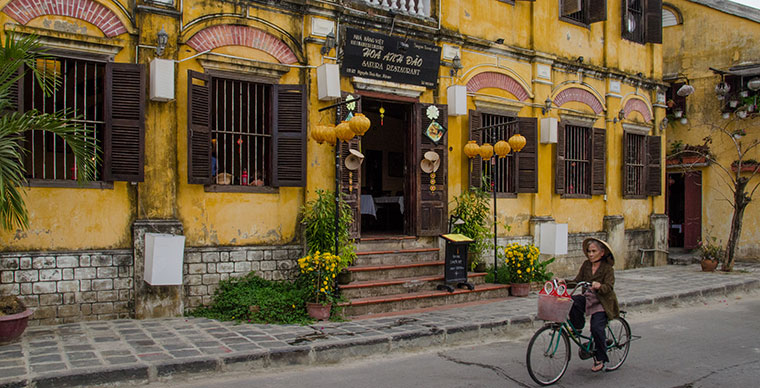
Hoi An: A timeless town in the heart of Central Vietnam
- on Sep 7, 2019 By: Ngoc Nguyen
When we mention Vietnam travel we can’t help but mention Hoi An ancient town, a special and charming town located in Quang Nam province. This place has been recognized as one of the UNESCO World Heritage Sites on 4th December 1999. In the 15th-19th centuries Hoi An was a lively port city attracting merchants from all around the world. Nowadays, it attracts tourists from all corners of the planet who come to visit and enjoy the unique atmosphere which can only be found here in Hoi An ancient town.
History of Hoi An
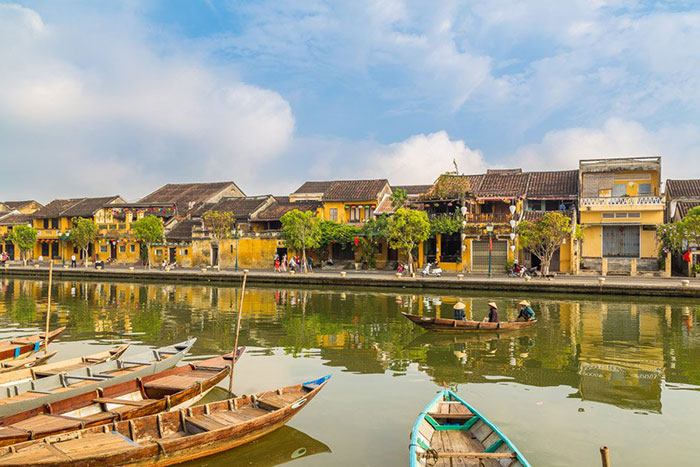
With its special location, Hoi An became the main international port for the silk trade in the 15th century. This place was bustling with merchants, sailors and boats from Japan, China, Netherlands and Portugal. Many people settled down here and built their own homes. This is why Hoi An is known as such a melting pot of architecture styles.
“Faifo” was the familiar name of the city for Europeans who appeared with their contacts in the “Cu Lao Cham” or Cham islands. The name could have started with Portuguese traders from the first half of the 16th century and then adopted by others as trade grew in the 17th century. At the time there are many names to call the town all with different letters and characters from different languages, such as Faifo, Haifo, Faicfo, Haiso, Faiso, and Faifoo. However, as time went by Hoi An gradually lost its status as an important port and its trading activities slowly diminished. Located just 30 km away, Da Nang became the main commercial port of Central Vietnam, replacing Hoi An.
Although the harbour of Hoi An has lost its intense commercial activities, it still remains lively in the early morning when the small fishing boats come to unload the previous nights catch at the markets.
Architecture
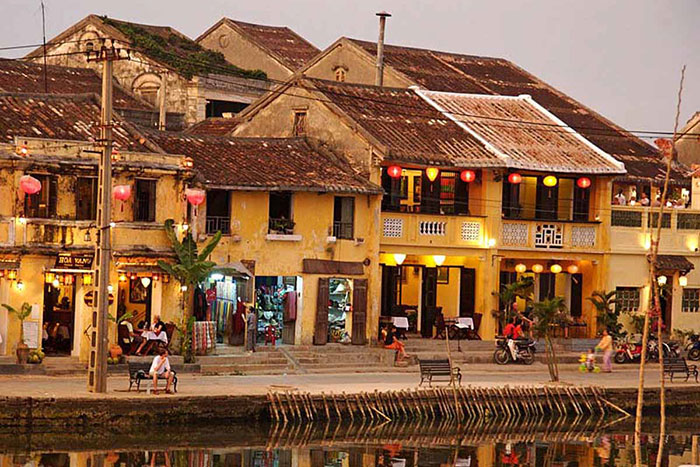
From the 17th century, the most prosperous period of Hoi An harbour, the Chinese as well as Japanese merchants begun to build their own assembly halls and communal houses as well as many residential houses. These places were used as meeting places and also for the worship of the Taoist gods, Confucius and Buddha. As the city became more populated new assembly halls and pagodas were built, as well as beautiful homes for merchants who became full-time residents and served a growing volume of exports and imports.
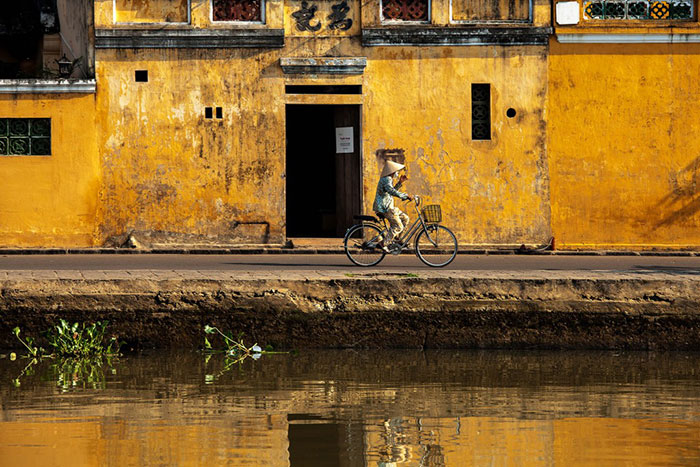
All of the houses here were built mainly of wood with stone foundations. The remaining houses that survived the challenge of time are the main attractions of Hoi An. Tourists come here every year to admire their beauty and to enjoy the vintage atmosphere. Eight hundred and forty-four houses have been listed as having historic and architectural value. Various architectural styles are found in Hoi An: Chinese, Japanese and Vietnamese with many European influences including French and Portuguese architecture.
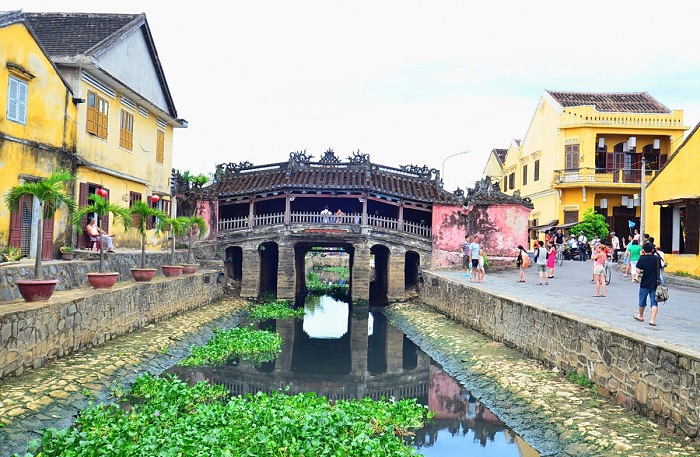
As a witness of this past, the Japanese covered bridge is perhaps the prime example for the foreign influences which shaped Hoi An. It is about eighteen meters long and spans the Thu Bon River. The roof of the bridge is covered with tiles representing Yin and Yang. On the main gate there is a large nameplate with three kanji which are "Lai Van Kieu". The bridge was made of painted wood and carved meticulously. It was built in 1593 to connect the neighbourhoods inhabited by the Chinese and Japanese communities. Each end is guarded by a couple of statues featuring dogs on one side and monkeys on the other.
Merchants' houses are scattered throughout the city. Each house has its own characteristics but in general it is a mixture of Chinese, Japanese and Vietnamese styles. All of them have a pantry area and the front is usually a shop with the back serving as a daily living area. They are usually long and narrow with one or two open courtyards and sometimes with decorative pools, providing light and fresh air. Many also contain private temples blended into the structure or in a separate building as well as family graves. Some have very similar structures to the houses in Hanoi’s old quarter.
Compared to other cities in Vietnam, Hoi An has its own unique historical and cultural features. The land here has a long history and is a meeting place for many cultures. You can find in this place a variety that is rarely found elsewhere. Come and experience it for yourself!
Related articles:
>> Top 7 things to do in Hoi An
>> Hoi An among top 25 best destinations in the world
>> Top 10 addresses to explore Hoi An culinary culture that you should not miss out
 Español
Español Français
Français







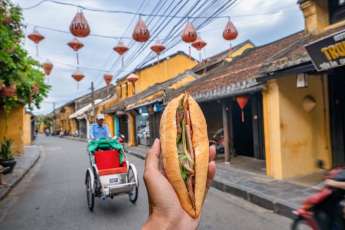

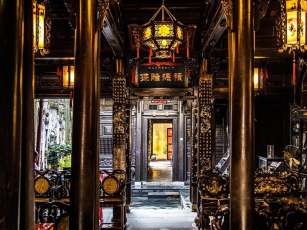
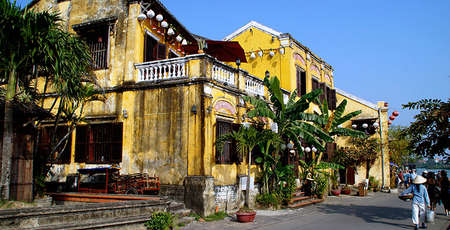
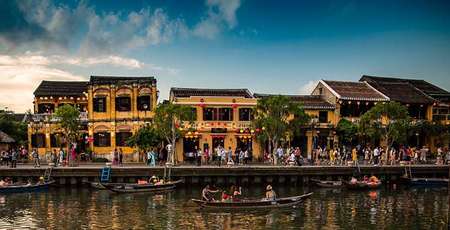
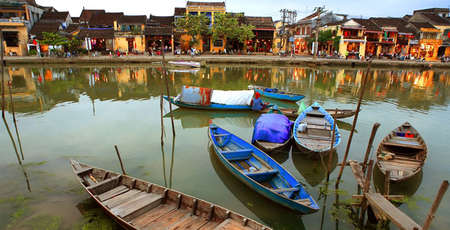







TraZefUK
on Nov 28, 2025HerbertPhomaMS
on Oct 19, 2025Lilyan Cuttler
on Oct 15, 2025Avenue17XC
on Sep 14, 2025Avenue18JL
on Jul 21, 2025